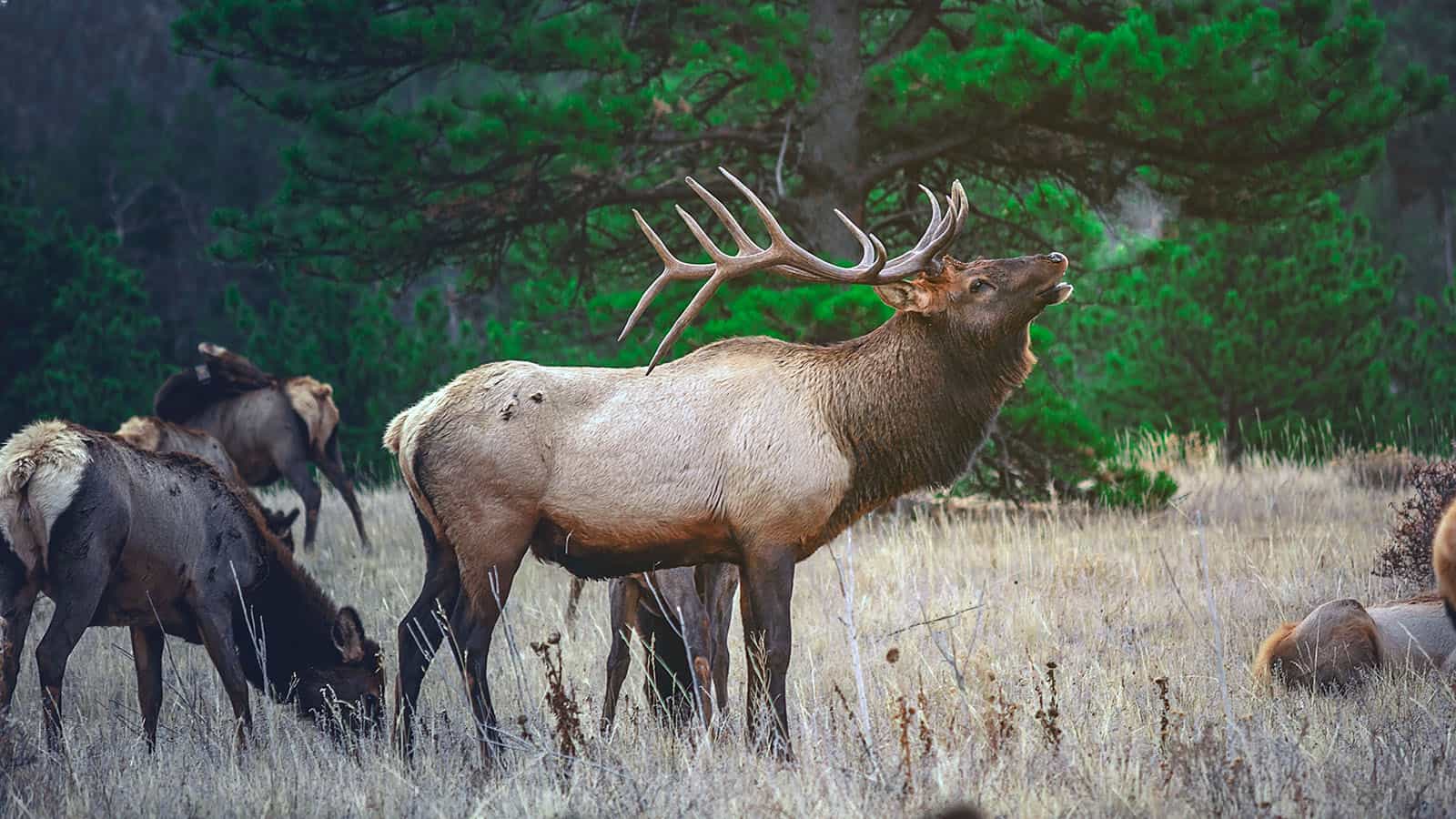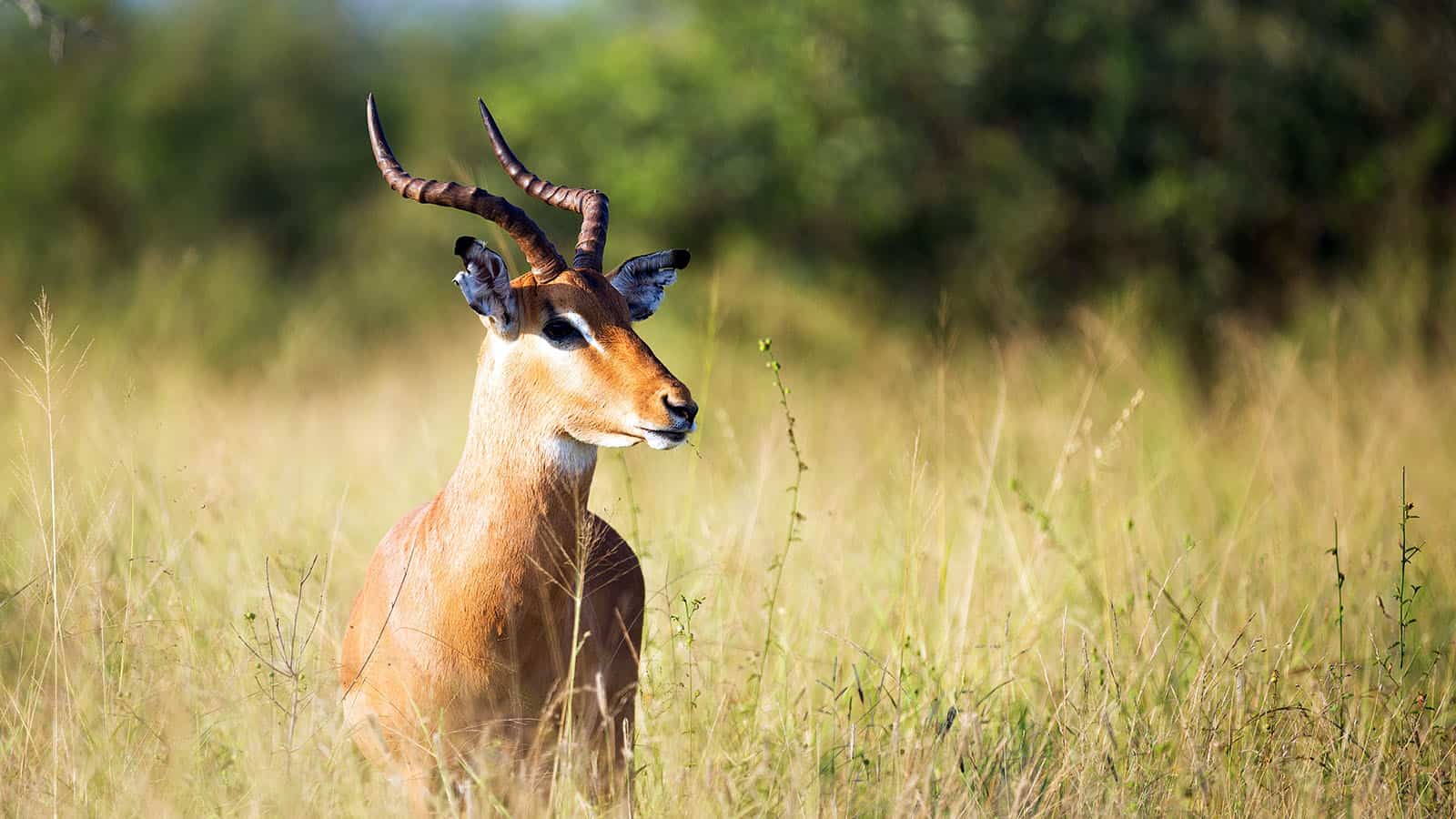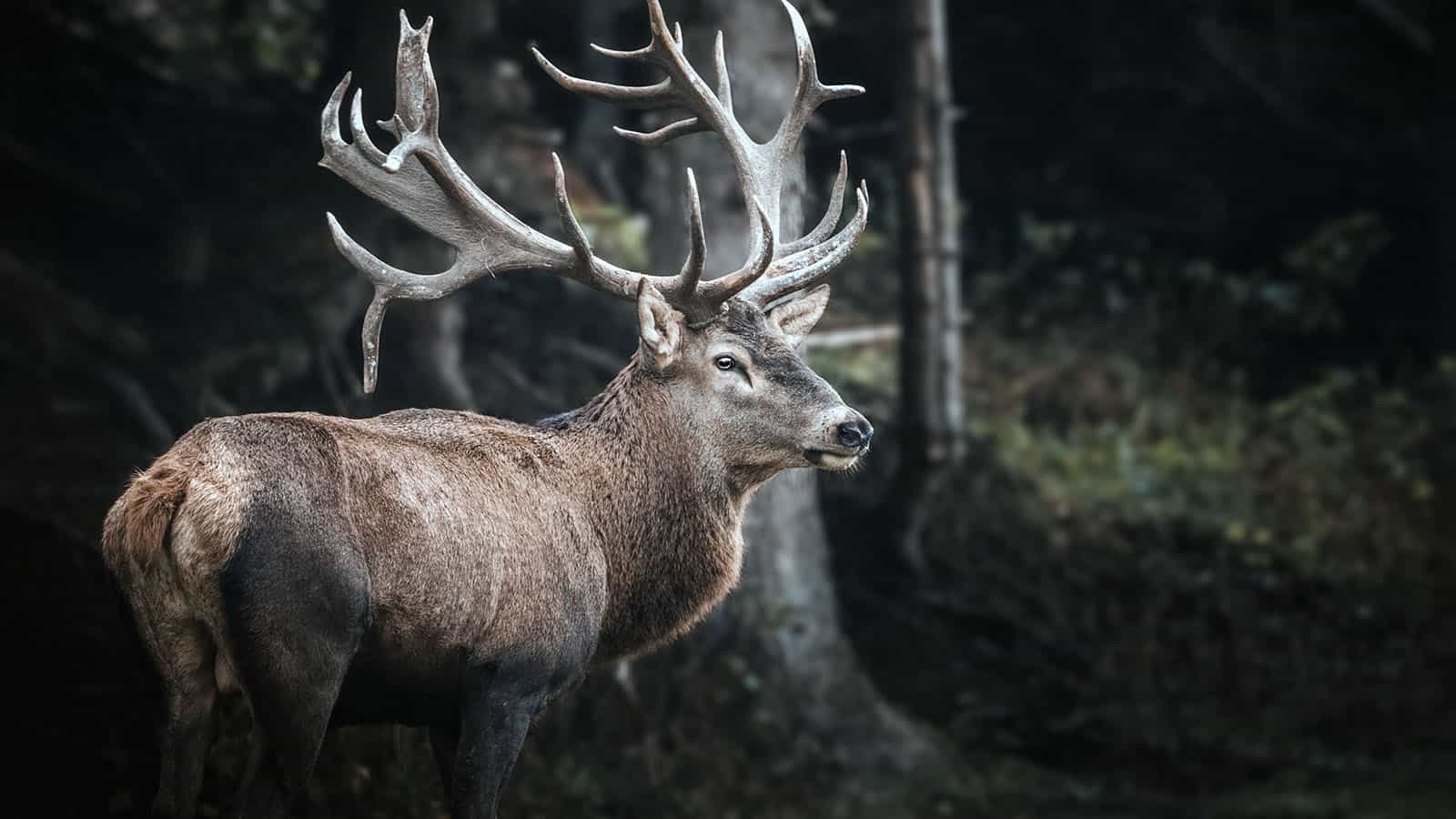If you are planning on going hunting, one of the most important things is to get the deer close enough so you can shoot it. If you are bowhunting for deer, getting a buck within range is very important. After all, a hunting bow has a fairly limited range, so that deer needs to be pretty close to you.
If the deer is not close enough, getting a good shot will be difficult. Even if you hit the deer, you may not hit it in the desired location, thus allowing it to run away. Therefore, how to call in a buck and how to call deer in general is what we are about to teach you.
As you are about to find out, calling a deer is not overly difficult. However, it needs to be done the right way. There are various types of deer and buck calls to be familiar with. There are also different ways to execute these calls as well.
The Right Location Matters
Whether you are making white-tailed deer sounds, buck grunting sounds, or doe-in-heat sounds, you need to set up in the right location. The simple reality is that deer are some of the most skittish animals out there, so if they detect your presence, you won’t stand a chance at making that shot.
If they smell or see you, they will run for the hills. Therefore, one of the most important things you can do before you start blind calling a deer is to set your blind up in the right location. You don’t necessarily have to use a blind, but when doing early season deer calling, it is recommended.
Being set up in a blind will allow you to obscure yourself from vision. This means that deer cannot see you through the forest.
Furthermore, one of the most important points here is to ensure that you are downwind. You never want to be upwind from the deer. If you are upwind, the wind will carry your scent and alert the deer.This means that you also need to make sure that you are in a location where the deer cannot circle behind you.
Therefore, having your back to a thicket, bluff, a riverbank, or even a cliff is ideal.
Three Types of Deer Call Sounds to be Familiar With
There are a few different types of deer called sounds that you need to be familiar with. These include the buck grunt call, the deer bleat, antler rattling noises, and more.
All of these white-tailed deer sounds are very important to know, especially if you plan on luring in the right ones.
Yes, these are three deer call sounds you need to know. However, the below also qualifies as a three-step plan. How to call a deer involves using all three of those calls we’re about to discuss in a specific order. Keep reading to figure out exactly how to call a buck.
The Deer Bleat
The deer bleat is one of the most common sounds that you need to know. This is done with a so-called deer bleat can. The bleat is generally the sound that a doe makes. That said, adult deer and younger deer alike use the bleating noise to talk to each other.

This sound can be somewhat similar to a cow mooing. It is long and somewhat drawn-out. As the rutting season starts, deer will become very curious of this sound. Although, they might not always respond. However, if you have a bleat can, this is a good way of letting deer know that you are close by.
This may interest them and attract them. You don’t want to use the bleat can too much. When it is rutting season, you want to attract the doe first and then the buck. Attracting the doe will then naturally attract the buck. The trick here is to make other bucks think that there is mating going on.
Therefore, you first want to make the bleating sounds and then wait for a few seconds. Then, do it once or twice more. You then, however, want to make another noise, which is that of a buck defending a doe. This is usually done with a grunt call. Therefore, the next type of call that you need to be familiar with is the grunt call.
The Buck Grunt Call
The whole point here is to lure in that large buck. Therefore, once a doe has been lured in, you need to make a grunt call. To be specific, doe may not actually have been lured in. However, your bleat call made it sound this way.
You will then use the grunt call to make an actual buck think that there is a doe and a buck nearby. Bucks will automatically compete with each other to gain the attention of the doe. Therefore, if a buck hears another buck nearby, he will come investigate.
That said, you don’t want to be overly obvious with this grunt call. Therefore, only do the grunt call every 15 or 20 minutes. You can always try blind calling deer.
This is when you can’t actually see or hear any deer nearby. That said, this is not something you want to do very much. You don’t know how many deer are nearby or if there are any deer nearby. These grunt calls usually only work when a buck has already been seen.
There is however a much louder type of grunt call that deer can hear from further distances. This is known as the rut roar grunt call, which sounds kind of like a grunt and a wheeze. This is a long and drawn-out sound that bucks make when they are rotting or competing with each other for a female.
Once you have the attention of the buck, wait a couple of minutes. You can then use both the bleed can and the grunt again to attract the buck closer. If this does not work, there is another option available. If the grunt does not get the interest of the buck, rattling horns might. Check out this video on how to use a grunt call.
The Rattling of Horns

To get the attention of bucks, making them think there is a competition nearby is a good way to go. You want to mimic two bucks that are locking horns. When it is rutting season, it is when deer are the most aggressive. This is when bucks challenge each other for the right to mate with females.
Rattling horns together will attract a buck because this generally means that there is a female nearby being competed over. That said, horns don’t clash too often. Therefore, this noise needs to be used sparingly. If you use the noise too often, it might make bucks suspicious. If you’re having trouble, click here to find out more about deer hunting.
General Tips on How to Call in a Buck
To finish things off, here are a few quick tips on how to successfully call in a buck.
- Don’t forget that your initial setup and location make a big difference.
- The brand of deer call you get doesn’t really matter. It’s the sound that they make.
- Never hesitate when making your calls. Dear will hear the hesitation.
- Practice your dear calls. You need them to sound realistic. Bucks will be able to tell the difference between a real and a fake call.
- Using a deer attractant can help a lot as well. Smells work too, not just sounds!
